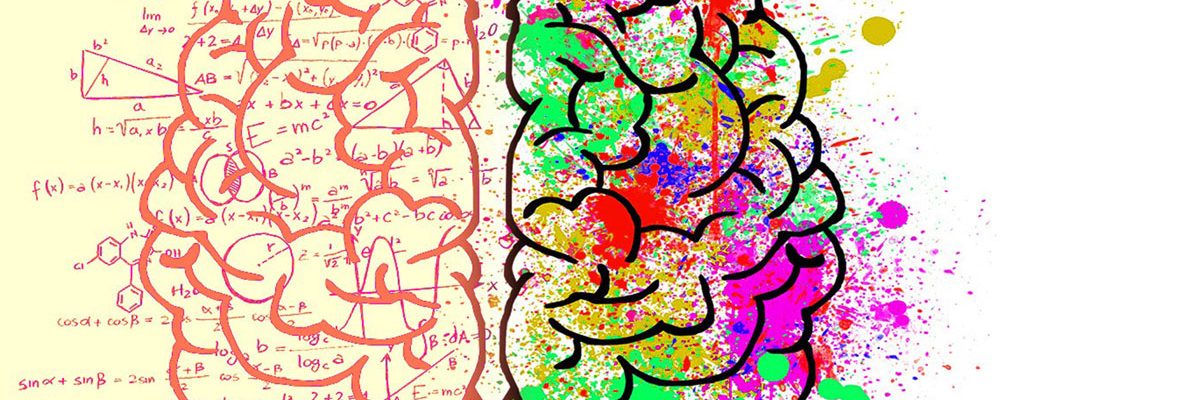Do you ‘marketing’ take thee ‘neuroscience’ – I do. Do you ‘neuroscience’ take…you get the picture. As matches go, it’s almost the perfect marriage: one seeks to understand customer behaviour, the other understands customer behaviour. One seeks to influence decision-making, the other knows how decisions are made. They complement each other like salted caramel and ice cream, but what does neuromarketing actually achieve and what role does it play in neuroexperience?
What is neuromarketing?
According to neuromarketing whizz Roger Dooley, neuromarketing revolves around using “brain activity measurement technology to measure a subject’s response to specific products, packaging, advertising, or other marketing elements”. In short, using neuroscience to influence marketing strategies.
Evolution of neuromarketing
Despite such an obvious attraction, the happily-married neuromarketing couple have only been together a relatively short time and many people attribute their introduction to Gerald Zaltman, a Harvard Business School professor who used neuroscience to measure marketing success in the 1990s.
The Zaltman Metaphor Elicitation Technique (ZMET) was a proverbial game-changer. Not only was it the first patented market research tool in the US, but it also explained consumer behaviour through the prism of conscious and unconscious thoughts. As Zaltman put it: “most of what influences what we say and do occurs below the level of awareness…[we need] to get at what people don’t know they know.”
How neuromarketing changed the game
Tapping into customers’ hidden motivations and preferences was a marketing gold rush. Using brain activity technology, brands tested customers’ reactions to all sorts of marketing elements – from product selection and design to advertising and pricing – and made some revolutionary discoveries.
The most ground-breaking? Decision-making is influenced by emotions. When we make a purchasing decision, we like to think it’s a thoughtful, informed, rational choice – ‘it’s 50% off’; ‘it’s limited edition’ – but actually it’s our emotions doing the choosing; our ‘gut feeling’. The result? Marketers have had to devise strategies that appeal to consumers on a subconscious level.
However, subconscious purchasing was just the tip of the iceberg. As more technologies sprung up – brain scanning (such as fMRI), brain imaging, iris-tracking movement and facial-expression analysis – more insights were revealed. For example, people’s brains will shun complex tasks in favour of simpler ones, so don’t overload your advert with information. It also turns out we favour familiarity, but will switch off if something becomes overfamiliar, so marketers need to find the sweet spot between novelty and familiarity.
How neuromarketing works in practice
Armed with an arsenal of information on customer preferences, brands started to use neuromarketing to influence everything from website layouts to catchy headlines, product designs and price setting (99p looks more expensive than 0.99p doesn’t it?). Prime examples include:
- Campbell’s Soup – who changed their entire range’s packaging from shiny to matte after neuroimaging showed people preferred it.
- PayPal – who changed their messaging to focus on speed and efficiency after a study found it activated people’s brains more than safety and security.
However, arguably one of the most successful adverts derived from neuromarketing research is that Cadbury’s advert. Despite having no message and hardly mentioning the product, Cadbury sales increased by more than 10% because they targeted people on a subconscious level – turns out we’re just intrigued by apes, drums and Phil Collins.
How neuromarketing fuels neuroexperiences
Since the days of ZMET, neuromarketing techniques have become more advanced and more precise. In other words, they’re better at pin-pointing our reactions and understanding our emotions. Most brands use this information in a material way – packaging, shape, colour – but forward-thinkers like Rebel & Soul have transformed these insights into neuroexperience building blocks.
As the world’s first neuroexperience agency, we apply our proprietary neuromarketing methodology, INVOLVE®, to the strategy concept and production of experiences. Knowing what stirs the senses of a brand’s target audience, we design tailored experiences, which make positive memories and forge strong connections between brands and consumers. It’s in our DNA.
Download our Definitive Guide to Neuroexperience to learn more.
![]()
![]()

